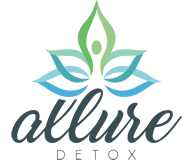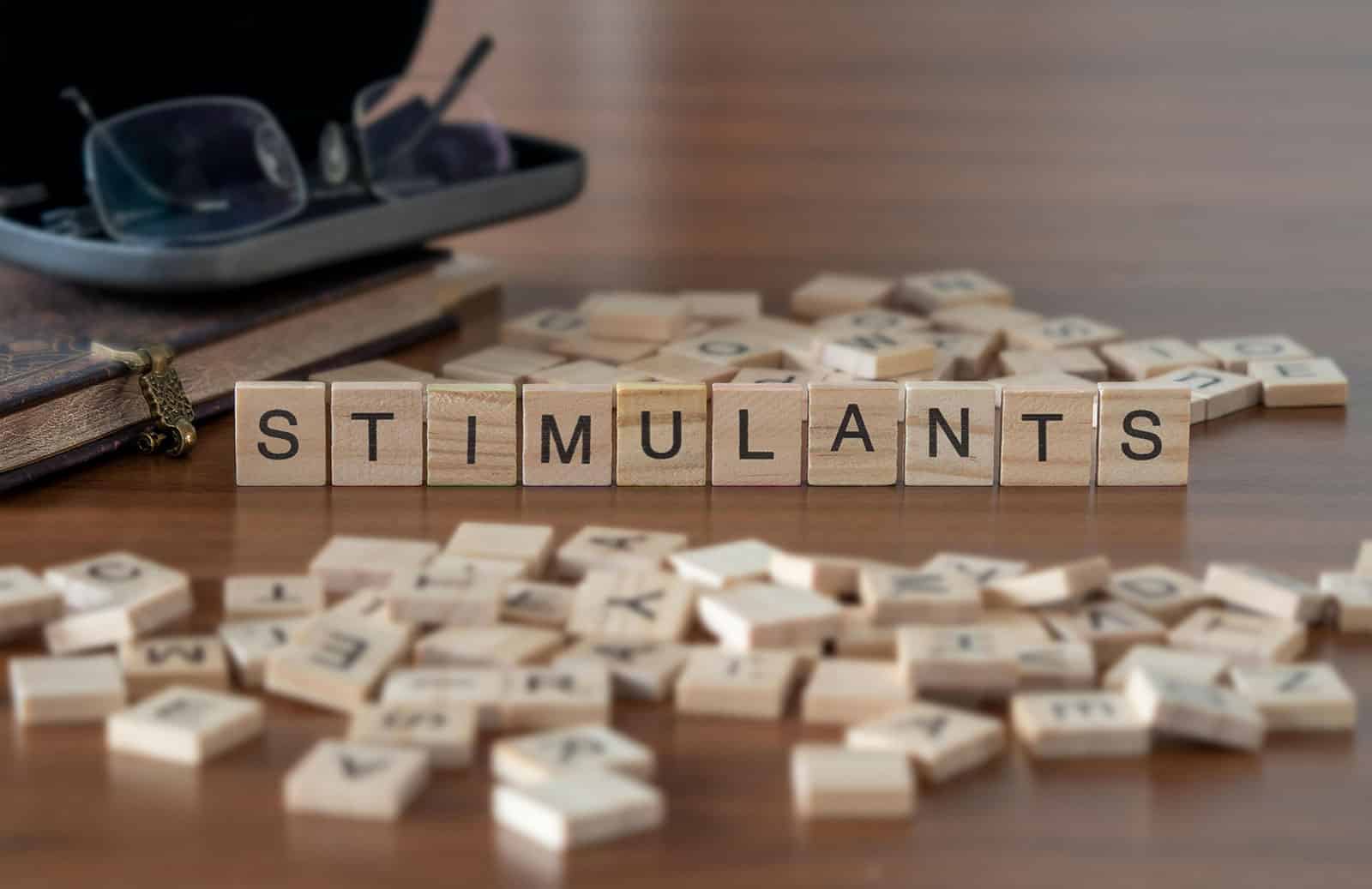Stimulant addiction is a serious problem in the United States. Although most individuals who struggle with stimulant addiction want to quit, many cannot make it through the difficult detox process. Stimulant abuse will irreparably damage your body and mind if you don’t stop as soon as possible, but kicking a drug habit isn’t an easy process. A little knowledge can go a long way in your journey toward sobriety, so keep reading to learn more about stimulant addiction and the detox process.
Table of Contents
WHAT ARE STIMULANTS?
Stimulants are a broad class of drugs that increase a user’s heart rate, heighten alertness, and temporarily speed up a person’s mental health and physical capacities. When someone takes stimulants, they may feel more energetic, perform strenuous physical tasks with greater ease, concentrate for longer periods, and enjoy greater productivity. Because stimulant use makes people more talkative and energetic, stimulant abuse is especially common in social settings. Some people also abuse stimulants to improve their performance in the workplace or in academic programs.
While black market labs and dealers create and distribute illicit stimulants for recreational use, many prescription drugs contain legal types of stimulants for legitimate medical purposes. Doctors regularly prescribe stimulants to treat attention deficit hyperactivity disorder, also known as ADHD, obesity, narcolepsy, and other conditions. The following list details some of the most common stimulants.
Adderall
Adderall is a common brand name for a drug containing a mixture of amphetamine and dextroamphetamine. This drug is one of the most common ADHD treatments in the world. Because Adderall can produce an energetic high when taken in high doses, many people abuse Adderall as a party drug. To achieve a quicker high, some Adderall abusers crush the drug up into a fine powder and snort it, which can be very dangerous, resulting in drug abuse and intense cravings. Adderall abuse is extremely common in academic settings, and many university students use Adderall to study for exams and get through difficult coursework. With prolonged misuse, Adderall has a high potential for addiction and can cause several health problems.
Dextroamphetamine
Like Adderall, dextroamphetamine is a common ADHD drug. Adderall and dextroamphetamine have very similar effects and health risks, and doctors often prescribe dextroamphetamine instead of Adderall if a patient has certain health issues or doesn’t respond well to Adderall. Dexedrine is the most common brand of dextroamphetamine in the United States.
Methamphetamine
Methamphetamine, commonly prescribed under the brand name Desoxyn, is a legal drug that can help patients who struggle with ADHD. Because methamphetamine is an effective appetite suppressant, some doctors prescribe it to help obese patients lose weight. In its prescription form, methamphetamine carries nearly the same risks and side effects as other prescription stimulants. Unlike other prescription stimulants, methamphetamine is relatively easy to produce with everyday tools and chemicals, so it has become a very common street drug in recent decades.
Street methamphetamine usually comes in a crystal form and contains many impurities and adulterants. Consequently, crystal meth users are more likely to overdose or experience negative drug interactions. On top of that, many methamphetamine users seriously injure themselves while trying to produce meth in makeshift meth labs. Insufflation and injection are the most common routes of crystal meth administration.
Methylphenidate
Often prescribed under the brand name Ritalin in the United States, methylphenidate is another common ADHD medication. Unlike dextroamphetamine, Adderall, and methamphetamine, methylphenidate doesn’t provide a strong burst of energy. In turn, it’s not a very common party drug. However, methylphenidate still helps users concentrate and perform difficult cognitive tasks, so it’s especially popular among students and white-collar professionals. Concerta is a popular extended-release form of the drug.
Cocaine and Crack Cocaine
While cocaine occasionally has legitimate medical applications as a local anesthetic, the overwhelming majority of cocaine comes from illegal producers and is a very common street drug. Most cocaine users only snort the substance when they first start experimenting with the drug. However, as their addiction progresses, many cocaine abusers need to inject the drug to get the same high. Crack cocaine is the free base form of cocaine. Most crack cocaine users smoke the drug out of a pipe, and it provides a brief yet extremely intense high. Crack cocaine is cheaper and even more addictive than powdered cocaine, so many cocaine users turn to crack cocaine as a more economical way to feed their habit.
To reach the United States, cocaine has to change hands dozens of times and travel across several borders. Generally, each drug trafficker along the way will add powdered bleach, fentanyl, Adderall, and all kinds of other substances to the cocaine to add more weight to the product for a higher profit margin. Because of this, when a person buys and uses cocaine, they have no way of knowing what they’re actually putting into their body.
WHAT IS DETOXIFICATION?
When you abuse a drug consistently enough, you become addicted to the drug. This means that your body depends on regular doses of the substance to function properly. Consequently, your regular internal processes will go haywire if you stop taking the drug for long enough. It can take several days for your body to completely remove all traces of the drug from your system, and your body will take months to fully relearn how to function without the drug. This is the medical detox process, and the psychological symptoms, intensity, and duration of detox can vary based on your health conditions, the drug in question, and the extent and frequency of your drug use.
WILL I GO THROUGH DETOX?
While you likely won’t experience detox if you’ve only had a few doses of a drug, most individuals who regularly use a drug will begin to detox after several hours without an amount. The majority of people who suffer from drug addiction have gone through the early withdrawal symptoms of detox at one point or another without even realizing it. If you’ve every experienced aches and pains, poor concentration, irritability, or other unpleasant symptoms after hours or days without a dose, then you’ve already experienced the initial stage of detox, and you will experience these symptoms again when you quit the drug.
WHAT DOES THE STIMULANT DETOX PROCESS LOOK LIKE?
The first week after your last dose will be the most difficult time in the stimulant detox process. The body metabolizes most stimulants very quickly, so you will likely start to experience lethargy, body aches, insomnia, nausea, heart palpitations, anxiety, and other negative symptoms within 12 hours of your most recent dose. These symptoms will gradually worsen over the course of three or four days.
Between four and seven days after your last dose, you will likely feel extremely anxious, suffer from poor concentration, and experience hallucinations. After the first week, most symptoms will decrease in intensity, but you may still continue to struggle with mood swings, poor concentration, and intense drug cravings for weeks or months after your last dose. Detox symptoms manifest very differently between patients, so you should not expect to have the same experience as a friend or family member who has gone through detox.
SHOULD I DETOX AT HOME?
Between the hallucinations, mood swings, and severe physical symptoms you will undergo as you detox, it is not a good idea to go through this process at home. Without round-the-clock supervision, you could easily hurt yourself or get involved in a dangerous situation. Moreover, if you detox at home, then you will be much more likely to call your supplier and relapse when the symptoms become too difficult to handle.
Treatment provider like detox centers offers the medical and emotional support that patients need to endure the most difficult detox symptoms. Moreover, in a detox program, substance abuse patients have no way to access drugs or alcohol during the treatment program, so there is very little risk of relapse of substance use disorder. Either your safety or your loved ones and sobriety are paramount, and you don’t want to end up in a bad situation without medical professionals nearby, so you should seriously consider enrolling with a healthcare provider and get help in a detox program at a reputable treatment center which offers quality levels of care in order to recover effectively.
DO I NEED ADDICTION TREATMENT AFTER GOING THROUGH DETOX?
Detox is only the first step on your path to sobriety. After you successfully detox, you still need to establish the skills and support network necessary to sustain a sober lifestyle. The addiction specialists at Allure Detox will work closely with you to craft a long-term addiction treatment plan that will perfectly align with your needs and unique circumstances.
YOU NEED STIMULANT ADDICTION TREATMENT AS SOON AS POSSIBLE
Stimulant addiction will stop you from achieving your goals and living a healthy life. Every time you use stimulant drugs, you’re putting your life on the line in life-threatening situations. One bad dose could put you in the emergency room, so the high is just not worth the risk. You can only live your best life when you’re sober, so you need to contact Allure Detox today to learn more about effective detox programs in your area.
Related Articles:
- Tramadol Detox
- Stimulant Detox
- Codeine Detox
- Alcohol Detox
- Meth Detox
- Roxicodone Detox
- Pain Pill Detox
- Librium Detox
- Ativan Detox
- Klonopin Detox
- Valium Detox
- Xanax Detox
- Benzo Detox
- Oxycontin Detox
- Vicodin Detox
- Lortab Detox
- Opana Detox
- Percocet Detox
- Opiate Detox
- Heroin Detox
- Dilaudid Detox
- Fentanyl Detox
- Cocaine Detox
- Methamphetamine Detox
- Methadone Detox
- Suboxone Detox
- Adderall Detox
FAQ
Why do stimulants calm me down?
Is intense calm a sign of stimulant abuse?
What are the withdrawal symptoms of stimulants?
Published on: 2023-01-31
Updated on: 2024-04-23


